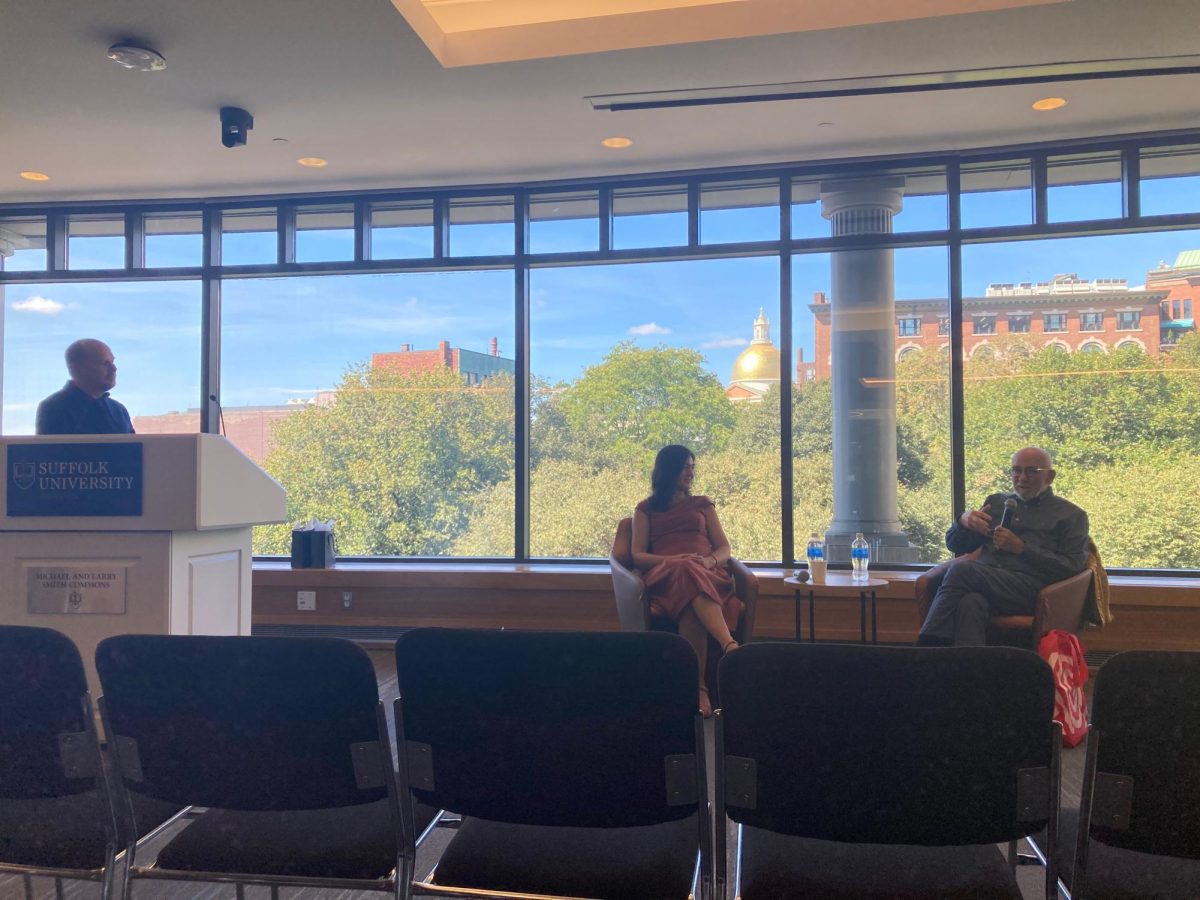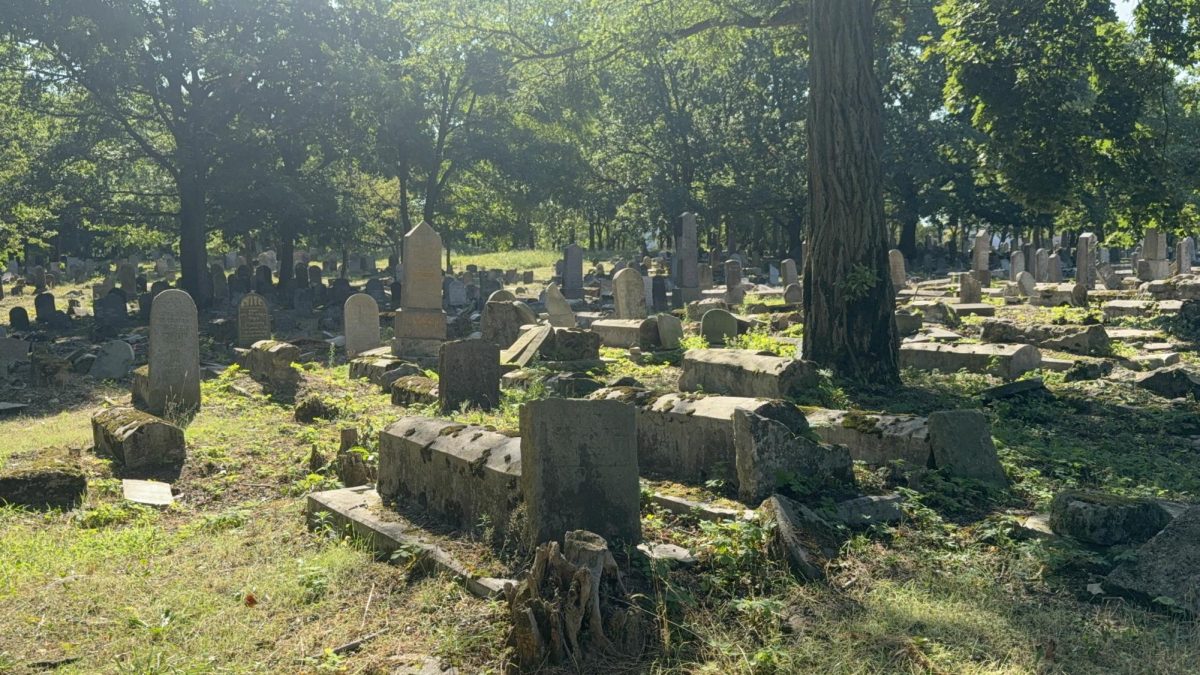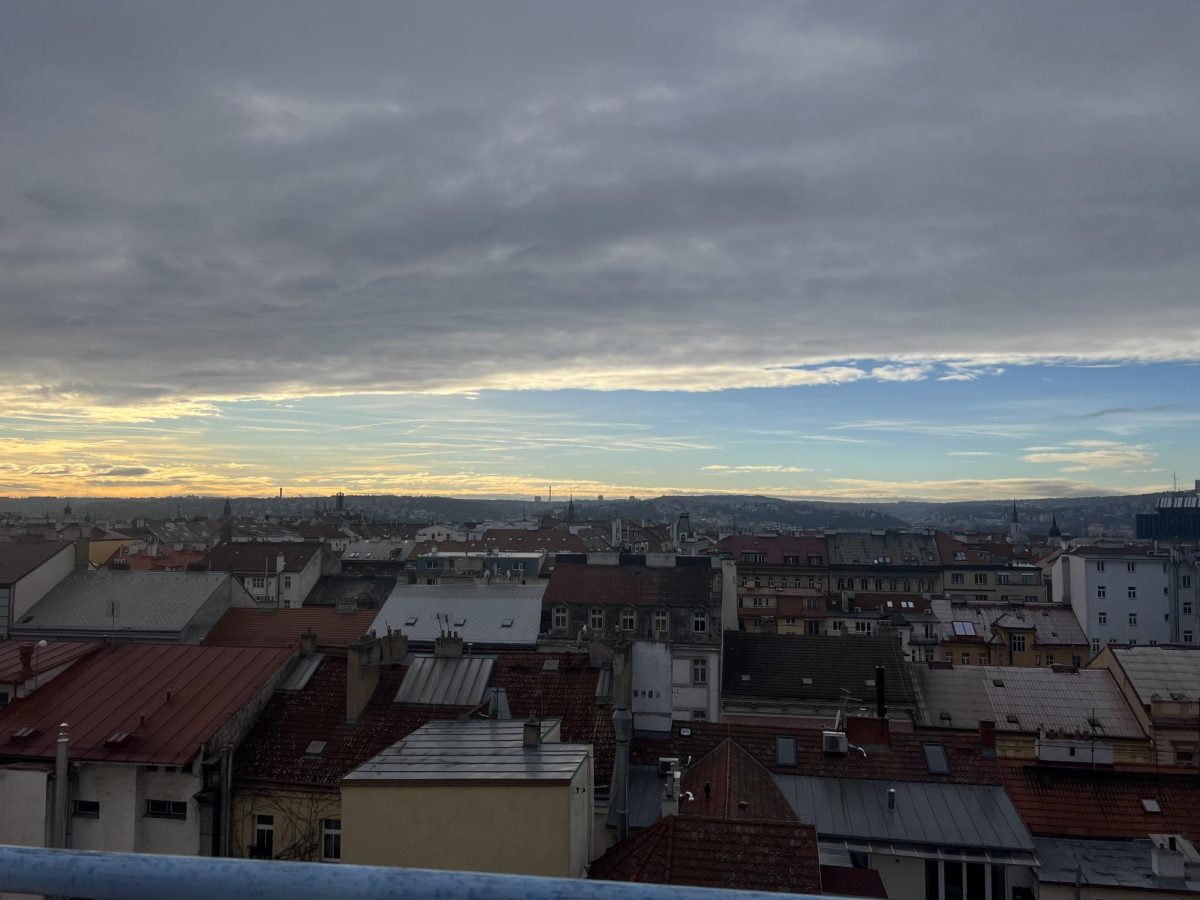Jenn Orr
Journal Staff
Four young guys and their mission: make it to the United States by hitching atop freight trains. There’s danger, corruption, and death along the journey from Central America and Mexico, but the prize at the end of the tracks keeps them going – the American Dream. They travel like weathered nomads until they make it, or until something stops them.
It’s worth mentioning that these travelers are unaccompanied children, and they make up 5 percent of the thousands of Latin American migrants who, on a daily basis jump aboard trains headed through Mexico, ultimately reaching the U.S. Border.
Which Way Home is a 2009 HBO Documentary Film that follows several children, all between ages nine and 17, who travel from Central American countries and Mexico in search of better lives in the States. Directed and produced by Rebecca Cammisa (Sister Helen), the film explores how and why many minors decide to embark on the dangerous journey through Mexico atop a freight train nicknamed “The Beast.”
Cammisa began filming in Mexico in 2004 when she eventually received a Fulbright scholarship grant, a Sundance grant, financial backing by HBO, and production assistance from Mr. Mudd (actor John Malkovich’s production company). Having found her support team, the director’s next step was to find her film’s subjects.
Enter Kevin and Fito, two 13-year-old Hondurans who decide to risk it all and head north, far away from life as they know it. Cammisa first met the boys hanging out in a rail yard, and after they agreed to be filmed, the production team found itself on a similarly unpleasant journey. The group traveled atop freight trains together, ducked tunnels together, and slept alongside railroads together. The director and her production team, however, often discouraged the children from continuing on, but to no avail.
“Since our subjects were children, we made it a point to remind them how dangerous the road ahead could be,” Cammisa said, “and we offered to help connect them with migration officials if they wanted to go home.”
As miles passed, determination grew, and as perseverance amplified, the idea of “no turning back” solidified.
While riding through Mexico, Kevin and Fito meet Jairo, 14, and Yurico, 17, from Mexico. The quartet decides to travel together for the rest of their journey, and it quickly becomes evident that the young men are desperately lonely children searching for the same things: a happy family life, a sense of stability and a reason to live.
The boys have a romanticized idea of America, which drives them even harder to reach their destinations. They believe it is a place with work ready for them, skyscrapers bowing to them, and potential adoptive parents waiting. Although their fantasized American receptions seem like fairy-tale expectations, they are not unlike most children traveling alone to the U.S.
Touching upon alternative methods of getting through Mexico to the U.S. border, Jose, 10, from El Salvador, is introduced as a sobbing, tragically adorable little boy who was detained by Mexican Immigration after being passed around, and ultimately abandoned, by smugglers. Jose was en route to New York to find his parents, whom he had not seen in three years. The scene is heartbreaking. The fact that Cammisa was able to capture it says something about the desperate situation at hand.
Not only was the director able to obtain footage from inside various government offices and detention centers, she was also granted permission to film atop and around freight trains from executives of a Mexican railroad company. The reason: publicity. Hitchhiking aboard trains is prohibited by the rail companies, but because thousands travel that way everyday anyhow, it is impossible to enforce any rules.
It’s as though Cammisa and her crew were granted as much access as they were because the migrant situation is seemingly hopeless and needs all the publicity it can get. More than 90,000 unaccompanied children were apprehended at the Southwestern border in 2007. Thousands aren’t so lucky and meet their deaths along the way.
After separating upon reaching one of the more dangerous stops (the crew was being harassed, and in the interest of the children’s safety, got off the train), the boys agree to meet back up with the crew at the next stop the following day. They never arrive, and it is revealed that Kevin is the only one to make it to America. The others are robbed, detained, and returned home by corrupt Mexican officials.
Kevin’s stay in the U.S. is short-lived, as he grows frustrated, lonely, and turns himself in. He spends some time at a home for unaccompanied child migrants and soon regrets his decision. When asked how he feels about America, he shrugs. “It’s not what I expected.”
But that doesn’t stop Kevin and Fito from making the same journey from Honduras nine months later.







